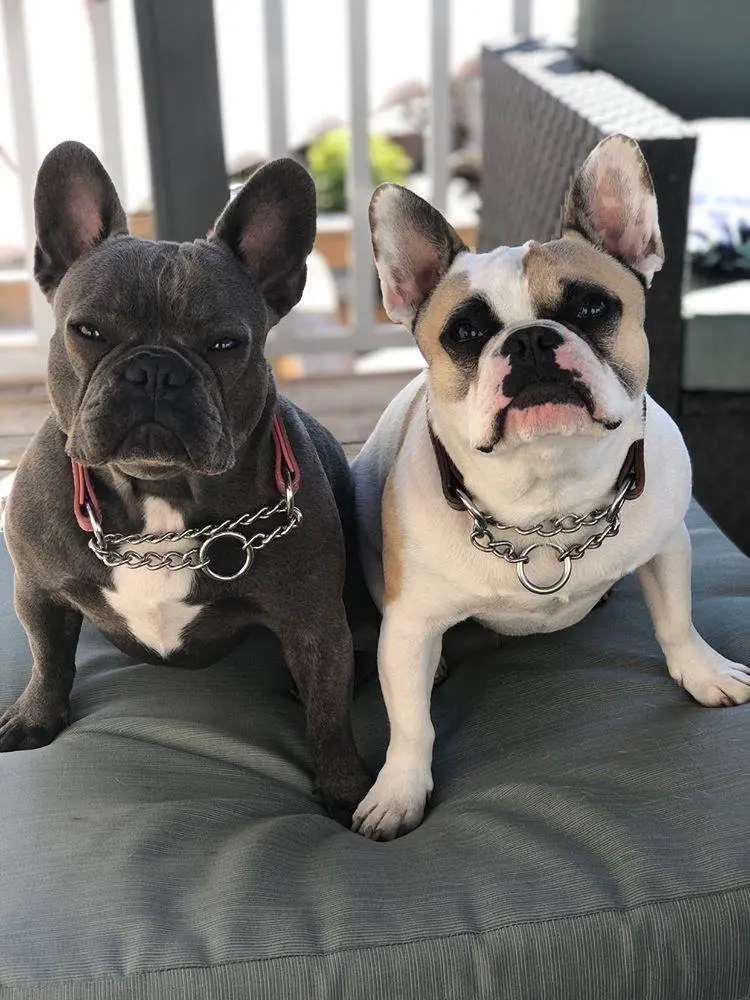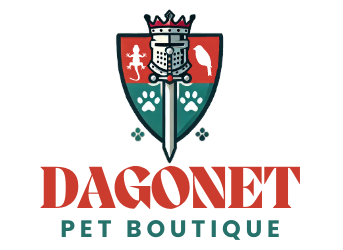

Choosing the right harness or collar for your pet is crucial for their comfort, safety, and overall
well-being. With so many options available, it can be overwhelming to determine which type is
best suited for your furry friend. At DagonetPetBoutique.com, we understand that every pet has
unique needs, and finding the right fit can make all the difference in your pet’s daily routine. This
guide will help you explore the different types of harnesses and collars, their benefits, and tips
for selecting the best option for your pet.
Understanding the Basics: Harnesses vs. Collars
Before diving into specific types, it’s important to understand the general differences between
harnesses and collars and when each might be more appropriate for your pet.
● Collars: Collars are a popular choice for many pet owners due to their simplicity and
ease of use. They are ideal for holding ID tags and are commonly used for pets that are
well-behaved on a leash. However, collars are not suitable for all pets, especially those
prone to pulling, respiratory issues, or neck sensitivities.
● Harnesses: Harnesses distribute pressure evenly across the pet’s chest and back,
making them a safer and more comfortable option for pets that pull, small breeds with
delicate tracheas, or those with specific training needs. Harnesses offer more control
and are often recommended for pets with behavioral issues or those that need extra
support.
Types of Collars and Their Uses
Collars come in various styles, each designed for specific purposes. Here are some common
types of collars and their best uses:
1. Flat Collars
● Best For: Everyday use, holding ID tags, and attaching a leash for well-behaved pets.
● Description: Flat collars are the most basic and commonly used type of collar. They
feature a simple buckle or snap closure and come in various materials, including nylon,
leather, and fabric.
● Pros: Easy to use, lightweight, and suitable for pets of all sizes.
● Cons: Not ideal for pets that pull or have neck issues, as pressure on the neck can
cause discomfort or injury.
2. Martingale Collars
● Best For: Dogs with narrow heads, such as Greyhounds, or pets prone to slipping out of
traditional collars.
● Description: Martingale collars are designed to tighten slightly when pulled, preventing
pets from slipping out without choking them. They provide more control than flat collars
without the harshness of choke collars.
● Pros: Offers gentle control, prevents escape, and is adjustable for a secure fit.
● Cons: Not suitable for all-day wear; best used during walks or training sessions.
3. Breakaway Collars
● Best For: Cats and small dogs that are active or spend time outdoors.
● Description: Breakaway collars have a safety mechanism that releases the collar if it
gets caught on something, preventing choking or injury.
● Pros: Reduces the risk of injury, making it ideal for outdoor or active pets.
● Cons: Not recommended for leash attachment, as the breakaway feature can activate
during walks.
4. Head Collars
● Best For: Training and controlling strong pullers or reactive dogs.
● Description: Head collars fit around your pet’s muzzle and head, providing gentle control
by guiding their head direction. This helps reduce pulling and is often used in training.
● Pros: Offers excellent control without harsh corrections, ideal for training.
● Cons: Takes time for pets to adjust; not suitable for all-day wear.
Types of Harnesses and Their Uses
Harnesses are often preferred for pets that pull, have neck issues, or require more control. Here
are the main types of harnesses and their best uses:
1. Back-Clip Harnesses
● Best For: Everyday walks and well-behaved pets.
● Description: Back-clip harnesses have the leash attachment point on the back, between
the shoulder blades. They’re easy to put on and provide a comfortable walking
experience for both pets and owners.
● Pros: Easy to use, comfortable, and prevents neck strain.
● Cons: Offers less control over strong pullers as it encourages forward momentum.
2. Front-Clip Harnesses
● Best For: Training and controlling pulling behavior.
● Description: Front-clip harnesses have a leash attachment point on the chest, redirecting
the pet’s attention when they pull. This harness is great for training and discouraging
pulling.
● Pros: Provides better control for pets that pull, making it easier to correct behavior.
● Cons: May twist or shift if not fitted properly; requires consistent training.
3. Dual-Clip Harnesses
● Best For: Versatile use, offering the benefits of both back and front-clip harnesses.
● Description: Dual-clip harnesses have attachment points on both the back and chest,
allowing you to switch between the two depending on your pet’s needs.
● Pros: Versatile and ideal for training, everyday use, and varied walking conditions.
● Cons: Slightly more complex to put on; may be bulkier than single-clip options.
4. Step-In Harnesses
● Best For: Small breeds or pets that dislike overhead harnesses.
● Description: Step-in harnesses are designed for pets to step into, making them easier to
put on for pets that are skittish about overhead harnesses.
● Pros: Easy to put on, especially for small or anxious pets; evenly distributes pressure.
● Cons: May not offer as much control for larger or stronger dogs.
Tips for Finding the Perfect Fit
Once you’ve selected the right type of collar or harness, it’s essential to ensure a proper fit. A
poorly fitting harness or collar can cause discomfort, restrict movement, or even lead to injury.
Here are some tips for finding the perfect fit:
1. Measure Your Pet: Always measure your pet’s neck, chest, and weight before
purchasing a collar or harness. Use a flexible tape measure and follow the
manufacturer’s sizing guide to select the right size.
2. Check for Adjustability: Look for collars and harnesses with adjustable straps to
customize the fit. Ensure that the harness fits snugly without being too tight, allowing for
about two fingers’ width of space between the harness and your pet’s body.
3. Comfort and Freedom of Movement: Your pet should be able to move comfortably
without the collar or harness restricting their range of motion. Ensure that harnesses
don’t rub against sensitive areas like the armpits or neck.
4. Test Before Hitting the Trail: Allow your pet to wear the collar or harness around the
house before heading out on a walk. This allows them to get used to it and helps you
identify any areas that may need adjusting.
5. Regularly Check Fit: Pets grow, gain weight, or lose weight, so it’s essential to regularly
check the fit of their collar or harness. Adjust as needed to ensure continued comfort and
safety.
Final Thoughts
Choosing the right harness or collar for your pet is crucial for their comfort, safety, and overall
well-being. By understanding the different types and ensuring a proper fit, you can provide your
furry friend with the best walking experience possible. At DagonetPetBoutique.com, we offer a
wide range of collars and harnesses designed to meet the unique needs of every pet. Explore
our collection today and find the perfect fit for your beloved companion!



